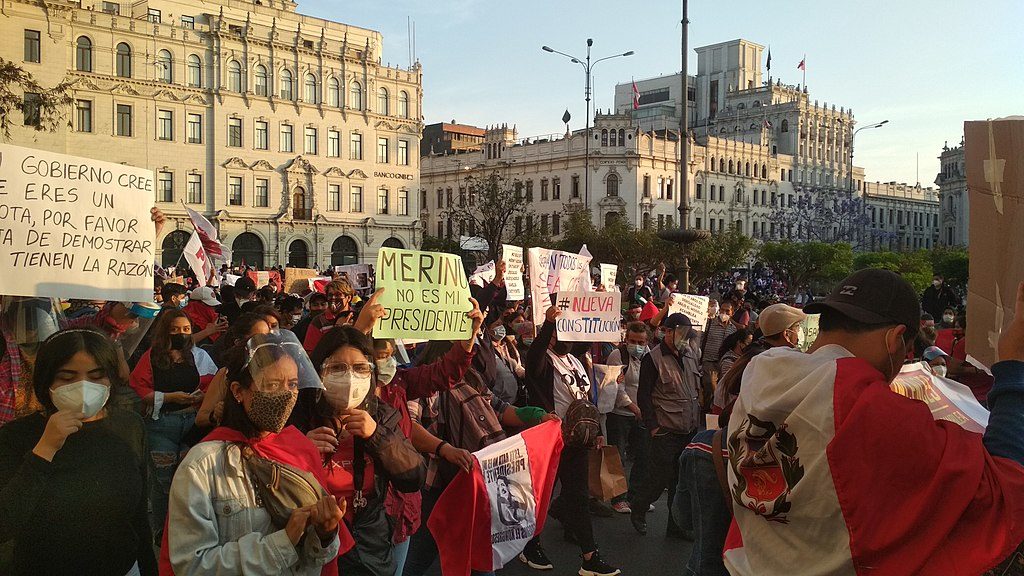Blog Detail
Youth Movements Reshaping Politics in Latin America

Youth Movements Reshaping Politics in Latin America
In recent years, Latin America has witnessed a remarkable surge in youth activism that is reshaping the political landscape. From Chile to Colombia and beyond, young people are playing a crucial role in advocating for social justice, environmental protection, and human rights. The emergence of these youth movements reflects not only a desire for change but also a growing awareness of their power in the political arena. In this blog post, we will explore how these movements are transforming politics in Latin America, driving new narratives, and fostering a generation committed to creating a just and equitable society.
The Rise of Youth Activism
The wave of youth activism in Latin America can be traced back to various socio-economic inequalities and political disillusionment. With a significant portion of the population falling under the age of 30, young people are becoming increasingly agitated by issues such as corruption, unemployment, and inadequate educational opportunities. This frustration has manifested in widespread protests that mobilize thousands, demanding accountability and reform from their governments.
In 2019, Chile experienced one of the most significant social uprisings in recent history, ignited by a modest fare increase in public transportation. What began as a protest against this hike quickly snowballed into a nationwide demand for change, focusing on issues like education, healthcare, and pensions. The brutal response from the government only galvanized youth involvement, leading to a constitutional referendum that seeks to address long-standing grievances. This example epitomizes how young people are not just passive recipients of political discourse but actively shape it through their demands and organized efforts.
Digital Activism: The New Frontier
The evolution of technology and social media has played a pivotal role in the rise of youth movements across Latin America. Platforms like Twitter, Instagram, and WhatsApp have enabled these activists to communicate swiftly and coordinate actions, giving them a voice that was previously unattainable. Digital activism has become a powerful tool for mobilization, especially during the COVID-19 pandemic, when traditional forms of gathering were severely restricted.
Young activists are leveraging social media not just to organize protests but also to raise awareness about critical issues. For instance, the #NiUnaMenos movement, which began in Argentina to combat gender-based violence, has gained international traction thanks to social media. The viral nature of these campaigns allows messages of hope and solidarity to transcend borders. They unite young people across different countries under common causes, amplifying their impact on political discussions in their nations and beyond.
Shifting Political Narratives
Youth movements in Latin America are not merely reactionary; they are also creating new political narratives that challenge the status quo. Young leaders are emerging, advocating for progressive policies that focus on sustainability, human rights, and social equity. This shift is changing how established political parties view youth engagement, leading them to prioritize issues that resonate with younger citizens.
In Brazil, for instance, the rise of leftist politicians like Marielle Franco, who championed the rights of marginalized communities until her assassination in 2018, has inspired an entire generation to engage politically. The injustices she fought against have mobilized youth from urban areas who demand reparative justice and a commitment to social welfare programs. The political discourse is evolving as parties realize they must address the concerns of younger voters or risk losing their relevance.
Furthermore, the acknowledgment that youth engagement is vital for the democratic process is gaining traction among political leaders. Governments are attempting to create youth councils and initiatives aimed at increasing participation in political discourse. However, these efforts must translate into genuine reforms; otherwise, the discontent may lead to more radical movements, further destabilizing the political environment.
Conclusion
Youth movements in Latin America are undoubtedly reshaping the political landscape, ushering in new ideas and demands for societal reform. As they confront long-standing issues through organized activism, they are proving that their voices matter. With technology at their fingertips, they are not just spectators but active participants in the politics of today. To harness their potential for change, it is crucial for political leaders and institutions to listen and engage with these young citizens. Ultimately, the future of Latin American politics depends on recognizing and empowering the voices of its youth, a generation poised to create a more equitable and sustainable world.

Author: Jane Morris


